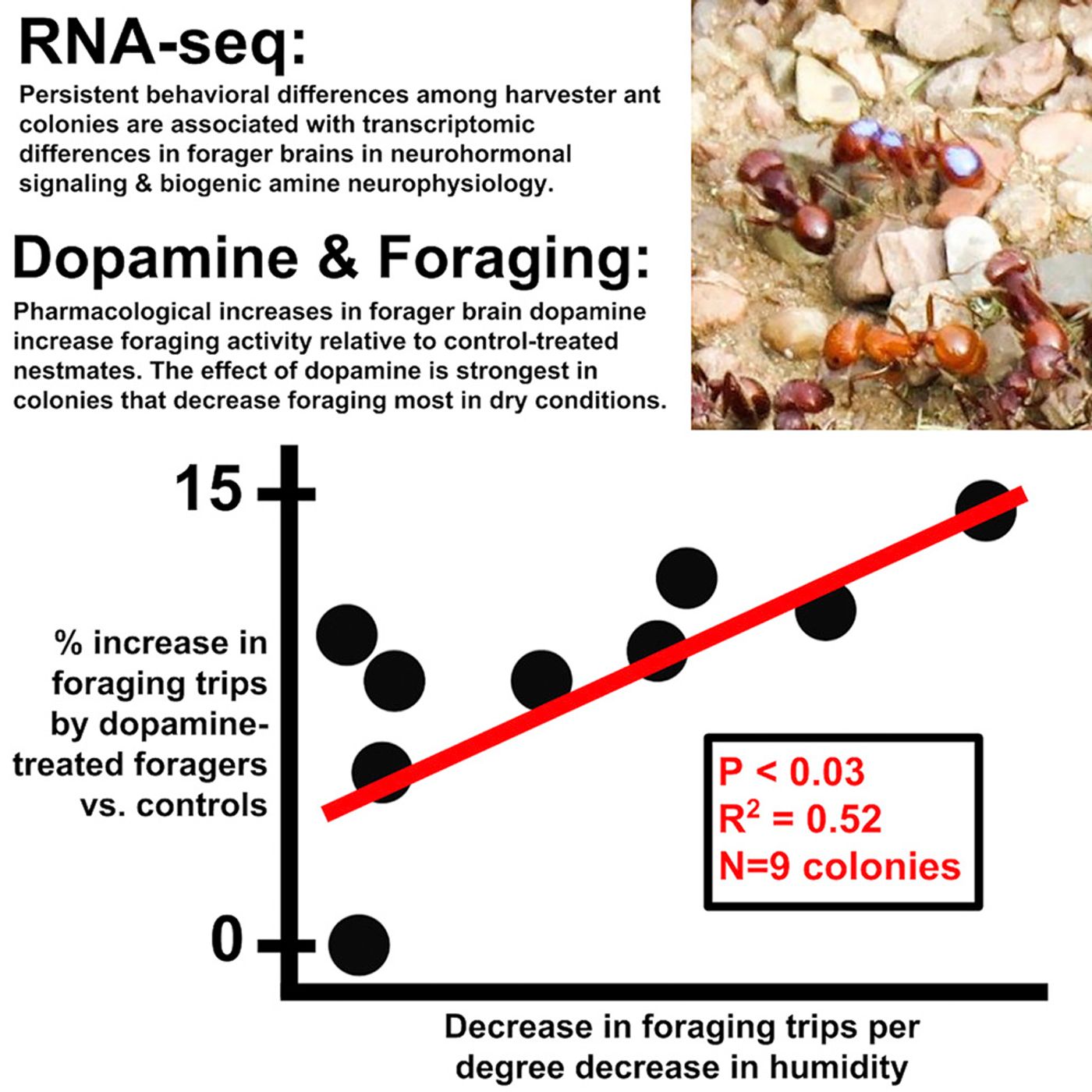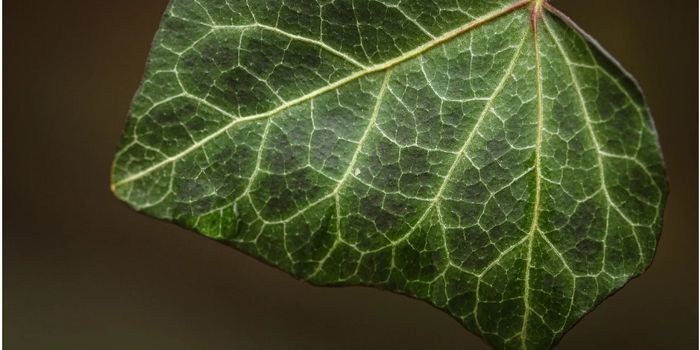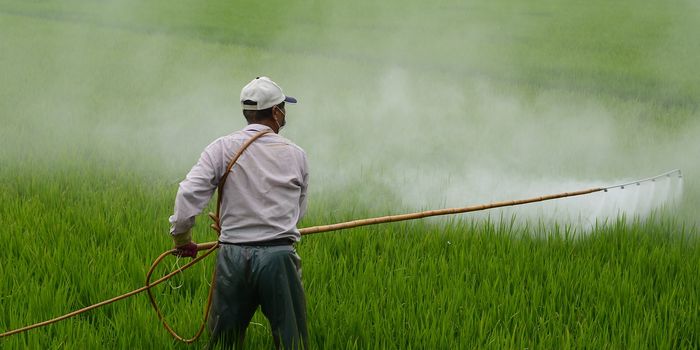Ant Brains: A Treasure trove of Knowledge
Ants are the number one nuisance pest in the United States and getting rid of them can be an uphill battle. For such a tiny species, it is amazing how studying these social insects provides valuable insights. Complex dynamics of ant colonies and understanding the carefully articulated collective foraging behavior without any central control has fascinated Stanford researcher, Dr. Deborah Gordon. She believes that understanding ants’ behavior could help at understanding analogies within other systems, such as the internet, the immune system, and the brain.
For over 30 years her research made significant contributions on the ant’s collective behavior primarily addressing a) How it works, b) How it functions ecologically and c) How it evolves. She even flew ants to space in 2014! Eight groups of the *Astro-ants* informed, interesting collective search behavior in space enclosures which was published in 2015. In microgravity enclosures, ants frequently lost contact with surfaces, but they persevered and regained contact, but these efforts dampened their foraging behavior. Results from ants in space project and Dr. Gordon’s obsession with studying these tiny critters led to starting an open citizen science project. The goal of the project is to track over 14000 species of ants on earth and ecological influences on their foraging behavior. The website provides all information needed to do an experiment by yourself and upload the results. This is a transformative way to support education and provide opportunities for novice researchers to contribute to real-world research. Learn more about citizen project research from the video below.
2018 seems to be all about ants and what we can learn of them and from them. A few interesting publications,
- Aurelie Buffin and colleagues worked on understanding the cooperative ant group dynamics during foraging. Strength may be in groups working together, but a team is only as strong as the weakest link. The observation stands true even in ants was the key result from this study. Interactions between ants in a group when carrying specific loads informed this observation. Among all the three colonies of N.cockerelli ants studied, lone ants were always faster than any group, but increasing group size reduced the speed for a given load. But the transport speed reduced as load increased and also lone ant speeds varied a lot suggesting that individual interactions within a group might affect the group performance. Please visit the Pratt lab for more amazing videos on ants behavior.
- Yusuke Takeichi’s work on understanding the complicated chemosensory unit on S. basiconica ant strain. The pathway in which the brain processes the olfactory information in response to pheromones and allows ants to discriminate nestmates from non-nestmates was elucidated. A 3D model of over 100 unbranched dendritic processes that extend from olfactory receptor neurons was constructed, and the functional interactions across processes via gap junctions form an olfactory electric network. A mathematical simulation model examined the networks putative function for distinct discrimination via odor.
- Roman Huber’s work on investigating how ants use olfaction to differentiate food and finding nest showed that they have two distinct memories. While nest odors require multiple training sessions and are forgotten immediately after training, food odors are learned after one try. Further, ants remember food odors for their lifetime and can remember at least 14 different food odors.
- Sean O’Donnell’s teamwork on eciton army ants brain investment portrayed some interesting findings based on the subgroup behavioral traits. The study differentiates the body –to brain size specifically between the working and soldier ants within the colony. Working ants brain size increased with body size. However, soldier ants although larger than workers, their brains were the same. Specifically, the brain regions processing the olfactory information and memory/learning were smaller in soldiers when compared to the overall brain size. This evolutionary hindering of cortical structures based on their reduced investment redefines brains versus brawn according to the O’Donnell’s blog post!
- Daniel A. Friedman from Gordon lab’s recent CellPress publication studied the influence of humidity on ant collective foraging behavior. Molecular and cellular analysis of brain tissue showed that biogenic amine and neurohormonal pathways had significant changes between two sets of red harvester ant colonies that had a strong reduction of foraging in dry conditions. Taking one step further, they manipulated the brain dopamine, infield for two consecutive years, to test its role in selective foraging signaling. The dopamine treated ants went about foraging more rigorously than their control treated counterparts. Further, dopamine treated colonies were more sensitive to humidity by scavenging more on humid days when compared to dry days.
Dessert ants, Astro-ants, Army ants: these are just the beginning. Implementing innovative and transformative methods like crowd-sourced experimentation, high throughput assays, and mathematical modeling among others might reveal more in the future.
Image Sources: Pratt lab and CellPress









